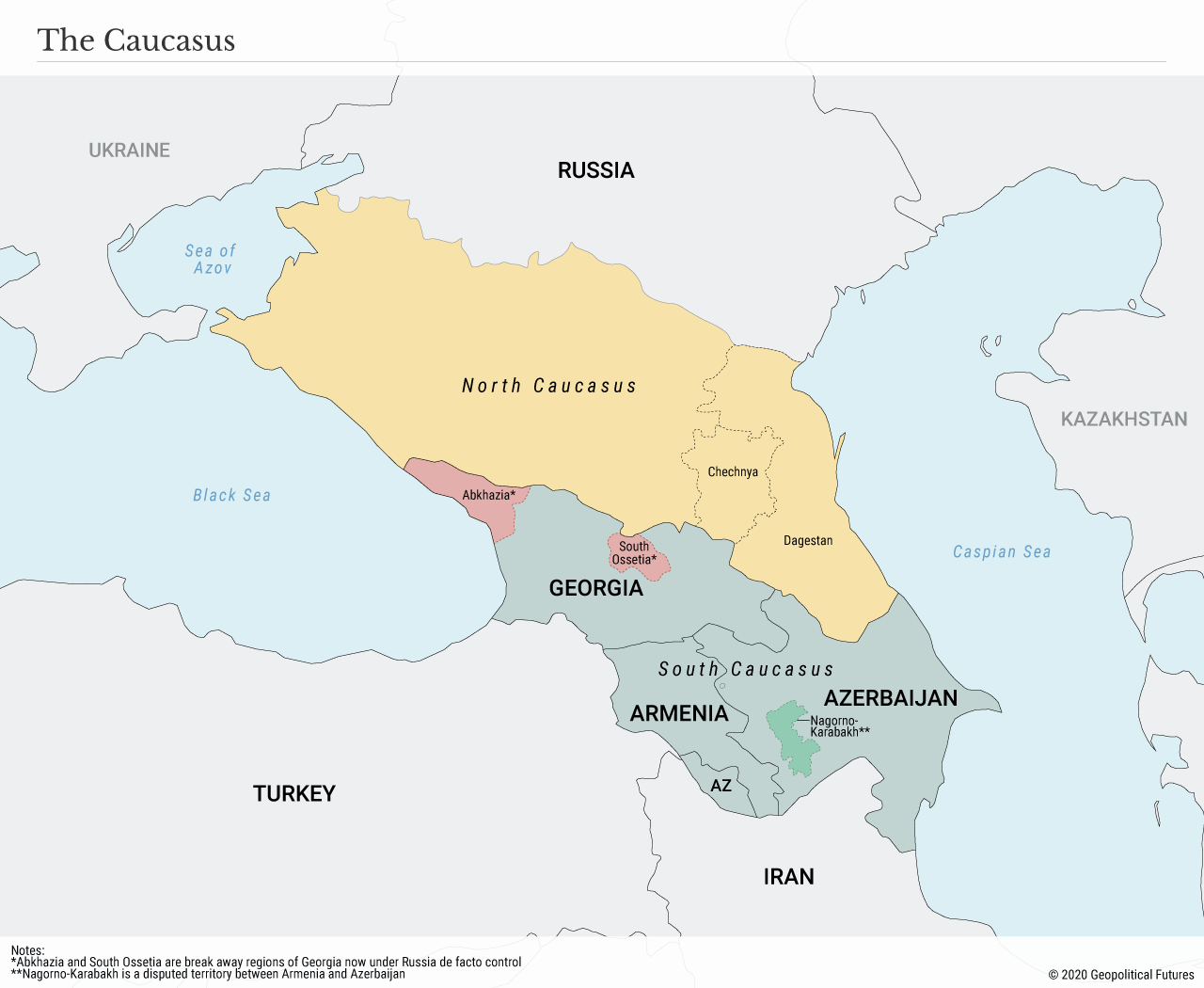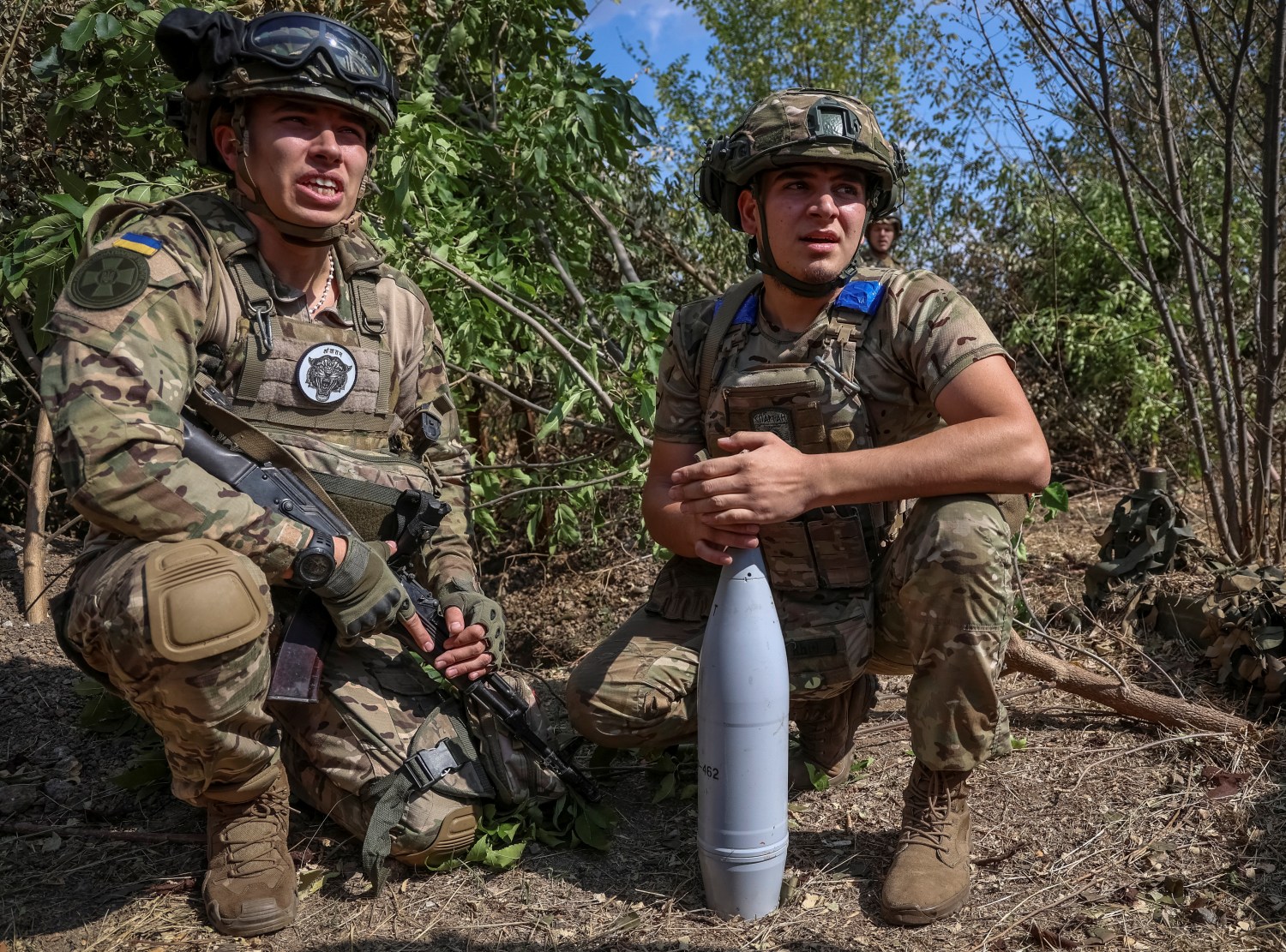
The arms sales were made for the purpose of supplying the Ukrainian military, signaling Pakistani involvement in a conflict it had faced US pressure to take sides on.

 Russia’s weakening, especially following its invasion of Ukraine, has serious implications for its southern flank. In the years ahead, Moscow’s ability to project power in the Black Sea basin will decline, and one of the main beneficiaries will be Turkey. Though currently overwhelmed by political and economic problems at home, in the medium to long term Turkey can be expected to fill the strategic vacuum left by Russia’s receding footprint in the Caucasus region.
Russia’s weakening, especially following its invasion of Ukraine, has serious implications for its southern flank. In the years ahead, Moscow’s ability to project power in the Black Sea basin will decline, and one of the main beneficiaries will be Turkey. Though currently overwhelmed by political and economic problems at home, in the medium to long term Turkey can be expected to fill the strategic vacuum left by Russia’s receding footprint in the Caucasus region. Mixing historical cautions with stark but informed assessments, Department of the Air Force Secretary Frank Kendall presented a detailed tutorial Sept. 11 for why China is America’s preeminent security threat and why the Air Force and Space Force must modernize and adapt quickly to ensure the nation’s security and interests are protected.
Mixing historical cautions with stark but informed assessments, Department of the Air Force Secretary Frank Kendall presented a detailed tutorial Sept. 11 for why China is America’s preeminent security threat and why the Air Force and Space Force must modernize and adapt quickly to ensure the nation’s security and interests are protected.






:quality(70)/cloudfront-us-east-1.images.arcpublishing.com/archetype/SCQLLWWNZFC65GHPV7O6IAJYLQ.jpg)